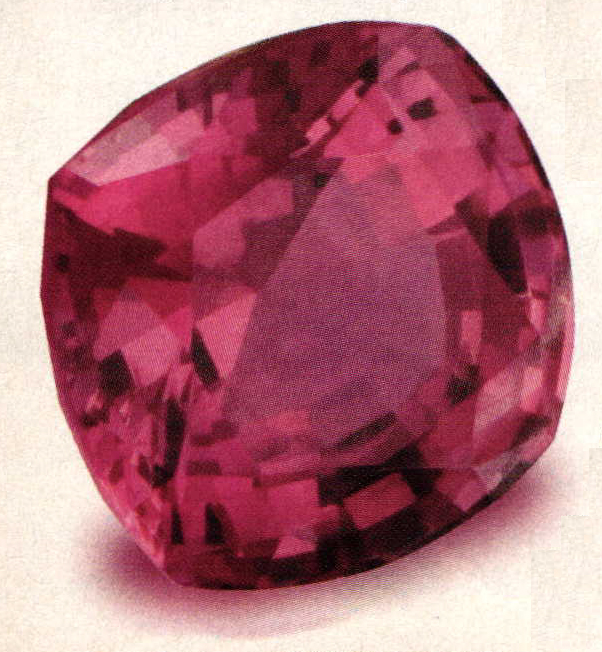

E.U. Expands Gem Buying
2 Minute Read

The European Union's gemstone imports were up a solid 7.5 percent to €412.5 million (US$544.4 million) in 2006, mostly on the strength of its growing export market.
The bulk of the E.U. gem market is in ruby, emerald, and sapphire. The region's biggest importer of those gems is France, which brought in €94.8 million ($125.1 million) in ruby, emerald, and sapphire in 2006, followed by Italy at €60.5 million ($79.9 million). While both of those counties are consumers to some extent, most of their gemstones end up leaving the country.
Take France, for example, which exported almost as much ruby, emerald, and sapphire as it brought in — €89.5 million ($118 million) in 2006. French gem dealers tend to specialize in high-end gems. The bulk of France's gem imports are, in turn, sold — still unset-to gem dealers in Switzerland, an exclusive network which deals with jewelers and collection around the world.
Most of Italy's gemstone imports, on the other hand, end up mounted in jewelry, and Italy's jewelry exports have been growing steadily, reaching €4.1 billion ($5.5 billion) in 2006. Even more of that jewelry may feature colored stones in the next year or two, because in 2006 Italy's gemstone imports were through the roof: Ruby, emerald, and sapphire imports were up 58.7 percent over 2005, and "other" gem imports increased 28.8 percent.
While "other" gems account for less of the gem trade in Europe, the category is on a strong growth tend: "Other" gem imports into the European Union increased by 21 percent in 2006, compared to only 3.3 percent for ruby, emerald, and sapphire.
Italy and Germany accounted for most of the growth in the "other" gems category; Italy imported the most at €37.9 million ($50 million), with Germany number two at €28.8 million ($38 million). Germany, like France, is mostly a trading center — the majority of Germany's gemstones are exported to the United States, although German dealers also sell to Hong Kong, Thailand, Japan, and other countries around the world.
Since most of the European Union's gemstone imports are ultimately destined for somewhere else, the dramatic increase in the "other" category suggests a worldwide growth in demand for nontraditional colored gemstone jewelry.
The European Union as a whole has been able to capitalize on the strength of the euro versus the U.S. dollar to shift more gemstone buying and selling to its home ground. The European Union is the world's second-largest gem market after the United States, importing more gemstones by value than India and Thailand combined. It's now up to the United States to retake the initiative by building the value of its currency, or lose it by doing nothing.
by Morgan Beard
You assume all responsibility and risk for the use of the safety resources available on or through this web page. The International Gem Society LLC does not assume any liability for the materials, information and opinions provided on, or available through, this web page. No advice or information provided by this website shall create any warranty. Reliance on such advice, information or the content of this web page is solely at your own risk, including without limitation any safety guidelines, resources or precautions, or any other information related to safety that may be available on or through this web page. The International Gem Society LLC disclaims any liability for injury, death or damages resulting from the use thereof.
Related Articles
Lynda Watson-Abbott: Visual Diaries
Animal Symbolism in Jewelry
Arte Smykke-design in Oslo
Testing the New HD Patterns

The All-In-One Jewelry Making Solution At Your Fingertips
When you join the Ganoksin community, you get the tools you need to take your work to the next level.

Trusted Jewelry Making Information & Techniques
Sign up to receive the latest articles, techniques, and inspirations with our free newsletter.